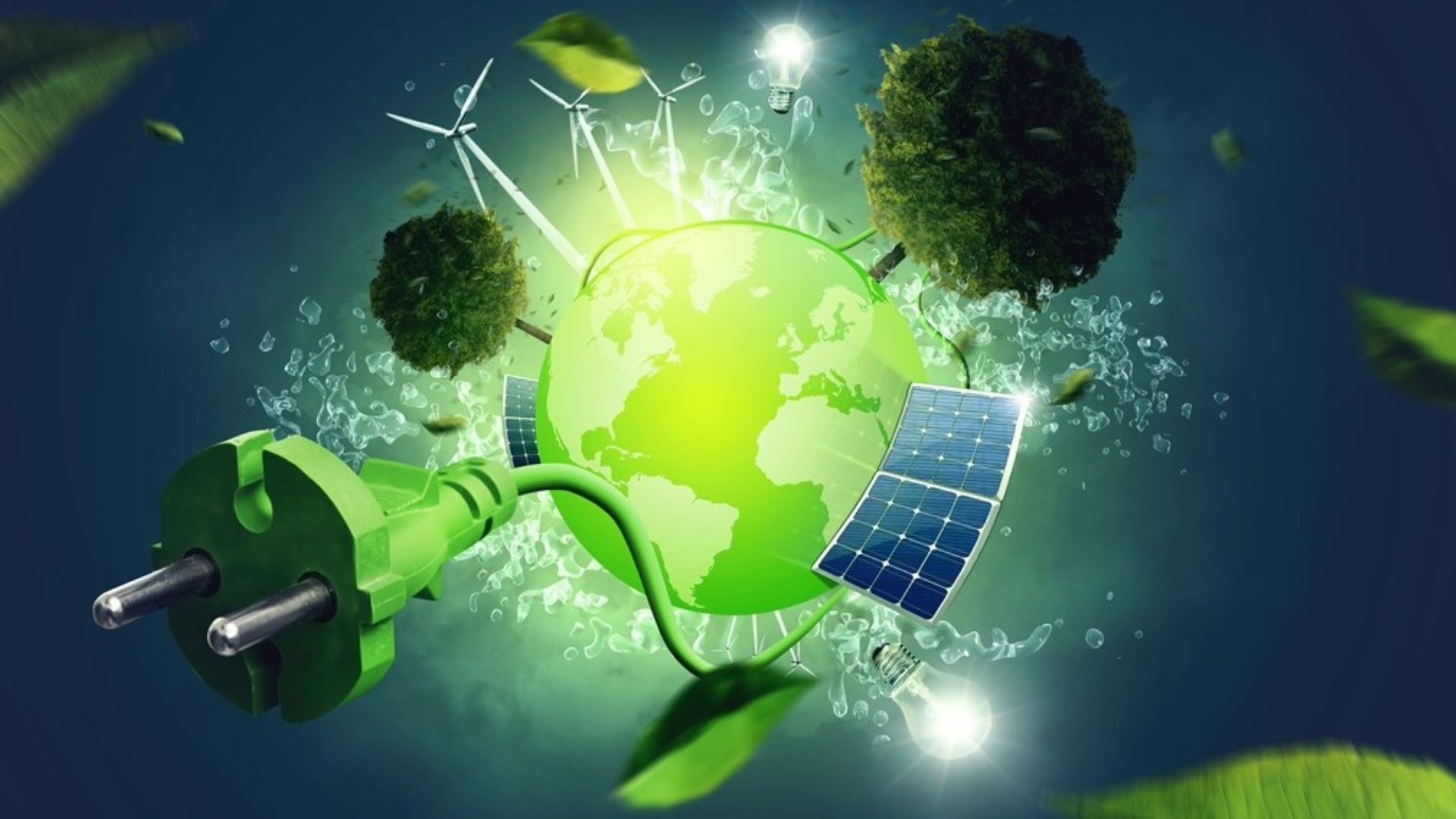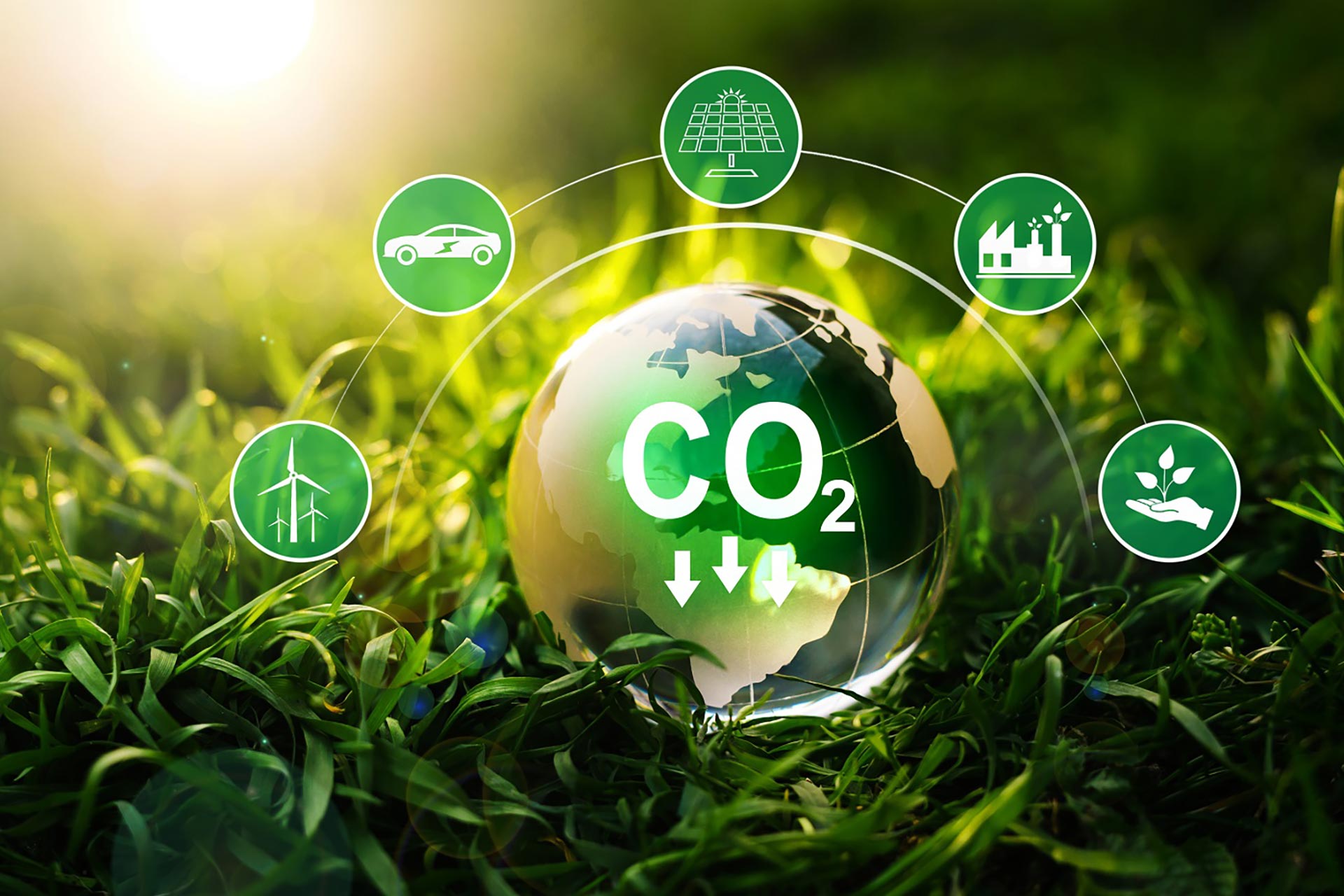Having emerged as a comprehensive transformation process that is not only environmentally friendly but also aims for a sustainable future, green transformation encourages a lifestyle that does not harm nature. The concept of green transformation is a process that involves making various provisions in many sectors ranging from energy production and agriculture to transportation and urban planning. It covers main topics such as transition to renewable energy sources, increasing energy efficiency, improving waste management and investing in environmentally friendly technologies. Providing resources for sustainable transportation, shipping and similar infrastructure projects are also among the topics of concern for green transformation.
The green transformation concept becomes prominent with its titles of policy, strategy and implementation, which include processes to solve environmental problems arising from the excessive consumption of fossil fuels, especially after the Industrial Revolution. This perspective aims to develop an environmentally conscious and sustainable production model, while preserving the economic benefits of industry. It is important for the business world, non-governmental organizations and governments to cooperate in the green transformation, which includes basic issues such as energy efficiency, reducing carbon emissions, the sustainable use of natural resources, reducing environmental pollution, and increasing community engagement.

Global Carbon Budget
The Paris Agreement (2015) imposes responsibilities on countries so that the increase in global temperature is limited to 2°C and the limit of 1.5°C is not exceeded. According to the latest findings, the increase in global temperature was 1.48°C in 2023. Scientists state that the total carbon budget to limit the temperature by 1.5°C is 2 trillion 865 billion tons. However, it is stated that the amount of carbon released into the atmosphere so far has reached 2 trillion 590 billion tons. This data shows that only 275 billion tons of emissions are left from the carbon budget for 1.5°C as of 2024. It is emphasized that if carbon emissions are not reduced rapidly, the carbon budget will be exhausted within 7 years and the possibility of meeting the target for 1.5°C will disappear. The global carbon budget represents the total amount of emissions allowed, to control or limit a given temperature increase.
Thanks to the green transformation, many countries and organizations are making various commitments. In this new world order centered on green transformation, the importance of technology-oriented production is increasing, and it is becoming a necessity for the industry to be greener, more circular and more digital to be globally competitive. The European Green Deal, which was initiated by the European Union (EU) is among the leading arguments in this regard. The union, which develops various strategies within the scope of the European Green Deal, also creates funds for projects that will support these strategies. Transportation infrastructure projects are also included in the fund.
7 Billion Euros for Transportation Projects
The EU announced that they will be providing financial funding to 134 transportation projects to support the objectives of the Sustainable and Smart Mobility Strategy with the European Green Deal. The projects selected in this context will be receiving a total of 7 million Euros. Their announcement stated that they would make contributions to the establishment of a sustainable, smart, and resilient transportation infrastructure network. It is stated that with the transportation projects receiving funding, the transportation infrastructure for the routes of railway, inland waterway, highway and seaway will be improved. It is also suggested that airports and multimodal transportation systems will be improved. In the announcement, it’s clarified that approximately 80% of the fund will be utilized for projects, which improve and modernize railways, inland waterways and seaways that are a part of the Trans-European Transport Network and align with the EU’s climate goals, thus, strengthening cross-border connections.

The EU aims to become the world’s first climate-neutral continent in 2050 with the Green Deal, which they initiated back in 2019. Hence, they aim to decrease greenhouse gas emissions by at least 55% by the year 2030. To accomplish this goal, they are implementing a series of legal regulations called ‘Fit for 55’.
While the increase in greenhouse gas emissions and the consequent rise in temperatures make extreme natural events more frequent, they also harm the ecosystem and infrastructure. It also reduces the efficiency of economic systems due to the externalities it causes. Carbon pricing systems such as carbon tax and ETS, ensure economic efficiency by pricing the externalities caused by greenhouse gas emissions and also encourage the reduction of emissions.


